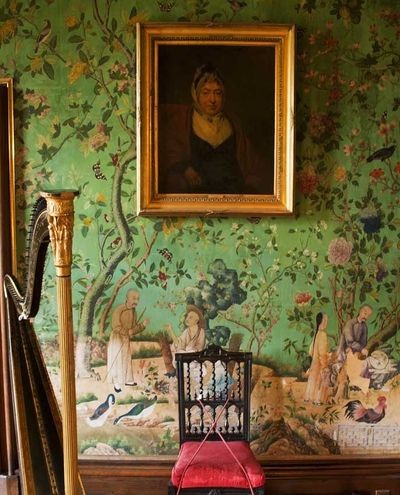Coco is one of my favorite stylist and designer. The scarves forget me not are a source of great inspiration for me and my work.
Coco after five years studying fine arts in Paris, forged a successful career as a communication consultant for leading
French and Belgium fashion designers and couture houses. She now also creates
imagery for major retail brands and publications spanning both the independent
and mainstream press, including Vogue, ELLE, Nylon and Muse. Her approach mixes
several techniques, combining old-school processes such as painting and
hand-drawing with digital techniques. For the finished product, she balances a
mix of visual restraint and minimalism with a more leftfield and pop-friendly
approach. Her work has been published in numerous publications including
Taschen, Gestalten,Victionary and several exhibitions in London, Los Angeles
and Barcelona.
Forget Me Not is a concept that revolves
around Coco’s own peculiar visual universe and most notably the encounter
between several of her particular fields of interest. These include the collage
works of the modernist avant-garde, Surrealism, montage as a way of enchanting
reality, geometric patterns – especially in esoteric imagery, animals seen as
totems, the talismanic power of the object and literary references ranging from
childrens’ tales to fin-de-siècle novels.






























































